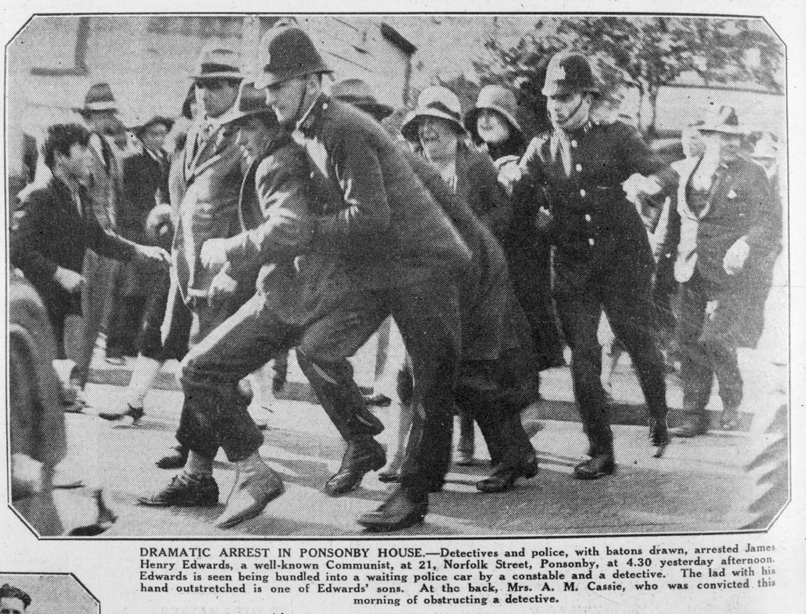The Pitmen Painters – Lee Hall
Circa Theatre, until 8 November
The Ashington Group were pitmen – miners in the United Kingdom who surprised the art world by creating celebrated and striking pieces of artwork, and Lee Hall’s piece traverses their story from the mid 30s to just after the second world war and the start of industrialization. The play manages to move through questions of class and art seamlessly; the story makes no pretense that the questions of class, oppression and human misery are different from the questions of art and spirituality. It covers a time where miners worked 10 hour days, on their bellies deep underground, where crippling injury and pain were a common occurrence, a world seemingly far removed from the glamour of art, and yet the play never breaks from that reality; the Group may be in the Tate gallery, but they are still pitmen and follow the same journey as they began. Art, for the group is not only a way of expressing themselves, nor is it a way for them to ‘escape’ the working class, but it is a common journey that they share. They find beauty and importance in subjects both high class and low, and throughout they show a startling array of viewpoints. Some feel that art needs to be political, to be a part of the social world, while others enjoy the abstraction and the relationship between viewer and artist, and the play does not give a ‘victor’, each point of view is celebrated and shared, and this key message comes through; that art has no meaning without people to view it, and to talk about it.
The play also poses a striking and difficult question; is art an individual achievement, an expression of one mind with exceptional skills and talents, or is it a communal, social process? This divide between individualism and collective expression runs throughout the play, both in art and in class. The working-class protagonists come up time and time again against the prevailing discourse of the art world, their loyalty and solidarity to the group compared to a fundamentally bourgeoisie focus on individual achievement and progression. The final moments of the play take place just after the second world war, where millions have died, but the workers, for once, feel that there is progress; a Labour government which promises nationalization, equality and progress. The tragedy that this did not happen, that the utopia of workers able to freely create and share that creation never came to be, is palpable in those last moments. However, the play, and the story has a hole that, perhaps intentionally, glares; the working women never even have the chance to create. Despite 10 hour shifts, the working men are able to give time towards artistic creation, the invisible women never do.
The play allows the audience to think, confronts them with the uncomfortable reality of how stifling the class divide is. An artistic, creative society is impossible while the majority of the people are denied the tools with which to be creative.









